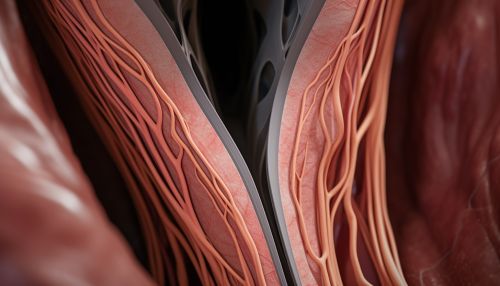Vocal pedagogy
Overview
Vocal pedagogy is the study of the art and science of voice instruction. It explores what singing is, how singing works, and how proper singing techniques are accomplished. The study of vocal pedagogy can be traced back to the ancient Greeks and their detailed system of musical scales, modes, and tuning systems. Over the centuries, the field has evolved to incorporate a wide range of topics, including the physiological process of vocal production, the artistic aspects of performance, and the role of psychology in learning and teaching singing.
History
The history of vocal pedagogy has its roots in the ancient world, where philosophers like Pythagoras and Aristotle wrote on the mathematical and scientific aspects of music. During the Middle Ages, the development of written music played a significant role in the study of voice. In the Renaissance, the rebirth of learning brought the study of vocal pedagogy to the attention of scholars in the university setting. The Baroque period saw the emergence of the first comprehensive treatises on singing, such as Giulio Caccini's "Le Nuove Musiche" and Pier Francesco Tosi's "Opinioni de' Cantori Antichi e Moderni". The Classical and Romantic eras introduced new concepts and techniques to the art of singing, including the bel canto style. The 20th century saw the rise of technology in music, with the advent of detailed anatomical studies and the use of scientific tools to study and understand the voice.
Physiology of Singing
The act of singing involves many parts of the body, including the lungs, larynx, and articulators. The process begins with the lungs, which produce the airflow necessary for vocal sound. This air travels up the trachea and into the larynx, where it meets the vocal folds. The pressure of the air causes the vocal folds to vibrate, creating sound. This sound is then shaped into recognizable speech by the articulators, which include the lips, teeth, tongue, and palate.


Vocal Techniques
Vocal techniques are the methods used by singers to create specific sounds. These techniques can include breath control, vibrato, and the use of the chest, head, and falsetto registers. Breath control involves managing the flow of air during singing. Vibrato is a rapid, slight variation in pitch that enriches the sound of the voice. The chest register is the range of pitches produced by the vocal folds vibrating in their entirety. The head register, on the other hand, involves the vibration of only a small portion of the vocal folds. The falsetto register is a vocal range above the normal full voice range, and typically lies between the chest register and the head register.
Pedagogical Approaches
There are many different approaches to vocal pedagogy, each with its own strengths and weaknesses. Some teachers may focus on the physiological aspects of singing, teaching students how to use their bodies in the most efficient and healthy way. Others may focus on the musical aspects of performance, teaching students how to interpret a song and convey its emotional content. Still others may take a more holistic approach, integrating aspects of physiology, performance, and psychology.
Vocal Health
Maintaining vocal health is an important aspect of vocal pedagogy. Singers must take care to avoid behaviors that can damage the vocal folds, such as smoking, excessive alcohol consumption, and the misuse of the voice. Regular vocal rest, hydration, and proper nutrition can also contribute to vocal health. In addition, singers should seek regular medical check-ups to ensure that their vocal apparatus is functioning properly.
